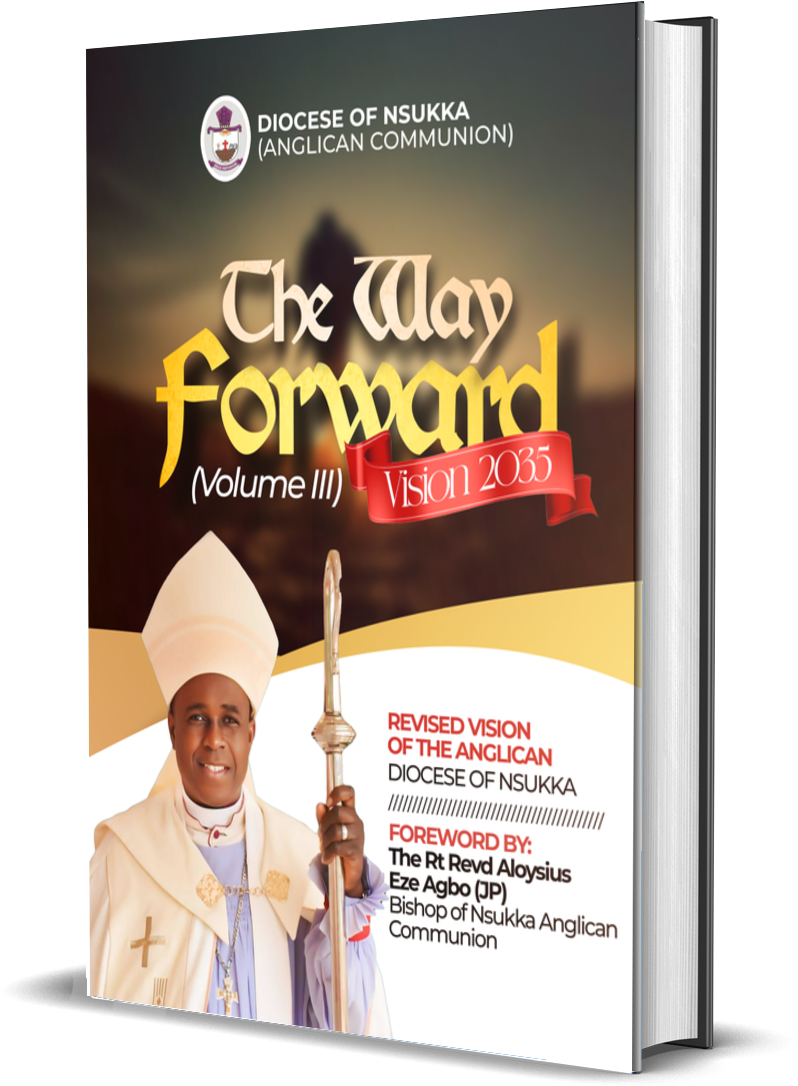
Large dioceses had several archdeaconries, in each of which the archdeacon (usually by now a priest), had an authority comparable to that of the bishop. He was often appointed not by the bishop but by the cathedral chapter or the king. However, from the 13th century, efforts were made to limit their authority. This was effected in part by the institution of the new office of vicar general. In 1553, the Council of Trent removed entirely the independent powers of archdeacons. Those who had been in charge of different parts of the diocese gradually ceased to be appointed. Only the archdeacon associated with the cathedral chapter continued to exist as an empty title, with duties almost entirely limited to liturgical functions.[3][4]
Vision 2035 of the Anglican Diocese of Nsukka is a strategic mission plan aimed at deepening evangelism, strengthening discipleship, and fostering holistic development. It focuses on church growth, leadership training, youth empowerment, infrastructural advancement, and social impact, ensuring the diocese remains spiritually vibrant, mission-driven, and impactful in society.

The Anglican Diocese of Nsukka is a vibrant, mission-driven diocese committed to evangelism, discipleship, church growth, and community development, fostering spiritual and social transformation.
Copyright 2025 – All Rights Reserved – Anglican Diocese of Nsukka